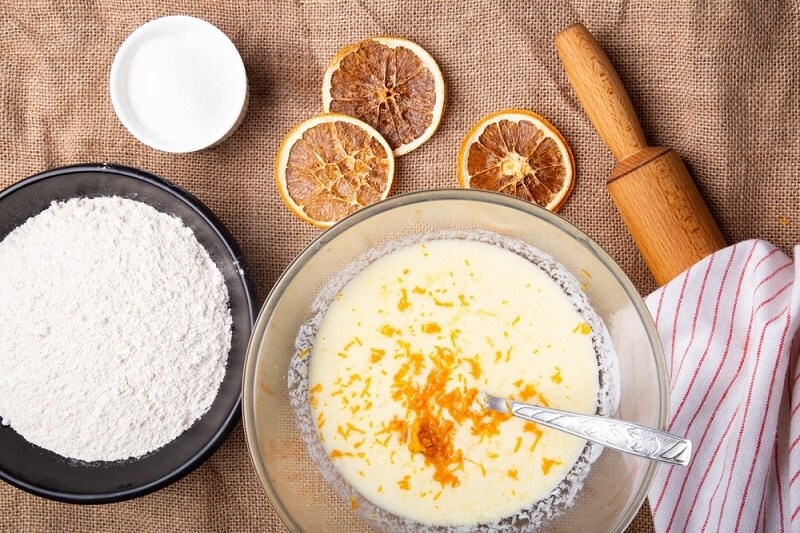
If you've ever experienced the smell of freshly baked cookies or have set your sights on attempting your first perfect cake, a better understanding of baking basics is the best place to begin. Baking isn't all about following recipes—it is also about knowing how to measure ingredients, manage your oven, and understand which tools you will need. Once you are ready for these baking fundamentals, even the simplest cake baking can become fun and fulfilling.
Knowing the right tips for oven temperature and learning how to prevent baking mistakes will make the difference between achieving a perfect golden crust and leaving you with a raw disaster. And with just a few essential baking tools, you will be ready to bake everything from cookies to cupcakes.
Baking is both a science and an art. Every ingredient serves a distinct purpose; flour provides structure, eggs add richness, sugar balances moisture, and butter or oil adds flavor and tenderness.
When you work with the basics of baking, you are coordinating several chemical reactions that occur in the baking process. For instance, baking soda and baking powder create a gas that causes baked goods to rise, and the protein in flour forms gluten, which provides structure. Once you know how the elements of the recipe work together, your results will be consistent and enjoyable.
When you know the basics, you will be able to improvise later, but for now, learn the rules before you break them.
The most common mistake people make while baking is mismeasuring ingredients. Understanding why measuring all your ingredients accurately is the first step to baking success is crucial.
To measure like a pro, invest in a digital kitchen scale. Measuring by weight, rather than volume, consistently enhances accuracy and eliminates inconsistencies caused by ingredient density.
If you practice measuring your ingredients correctly, you will improve your baking technique and avoid dense or dry results from estimating!
Utilizing the right essential baking tools will make the process more seamless, quicker, and enjoyable. You don’t need a professional setup to bake; you need a handful of high-quality essentials to succeed.
Having these essential tools will not only make baking easier, but it will also lead you to achieve consistent and professional results every time you bake.
Even the most experienced bakers make mistakes, but if you know what to look for, you can sidestep future errors. Baking mistakes really boil down to observing the detail, as well as knowing when/what can go wrong.
By learning to bake without mistakes, you will be more comfortable in the kitchen and will end up with a baked good that tastes even better than it looks.

The oven is incredibly instrumental in your baking success. You could know the recipe by heart (which is an essential component of baking a good treat), and you could also not bake successfully because your oven temperature is not just right. These oven temperature tips will help you bake efficiently and accurately.
Using these oven temperature tips will allow your cakes to rise evenly, cookies to bake evenly, and pastries to be a perfect golden color.
When it comes to baking cakes as a beginner, take it easy! For now, follow simple recipes, and once you feel comfortable, you can begin improvising a bit.
Remember, baking cakes as a beginner requires patience and practice! Please don't get too discouraged by the outcome or what happens early on; even professional bakers practice and learn what works for them through trial and error.
A key part of baking basics that beginners often overlook is proper cooling and storage. Cooling allows flavors to develop and textures to set.
Proper storage keeps your treats tasting fresh and delicious for days.
Even with perfect preparation, baking can still yield unexpected results. Understanding how to fix problems helps you recover from small mistakes.
Once you know how to troubleshoot, avoiding baking mistakes becomes second nature.
Mastering baking basics provides the foundation for creating sweet success in your kitchen. By learning how to measure ingredients accurately, avoiding common baking mistakes, and following key oven temperature guidelines, even beginner cake bakers can make the process simple. Equip yourself with essential baking tools, stay patient, and enjoy every delicious moment of your baking journey.
This content was created by AI